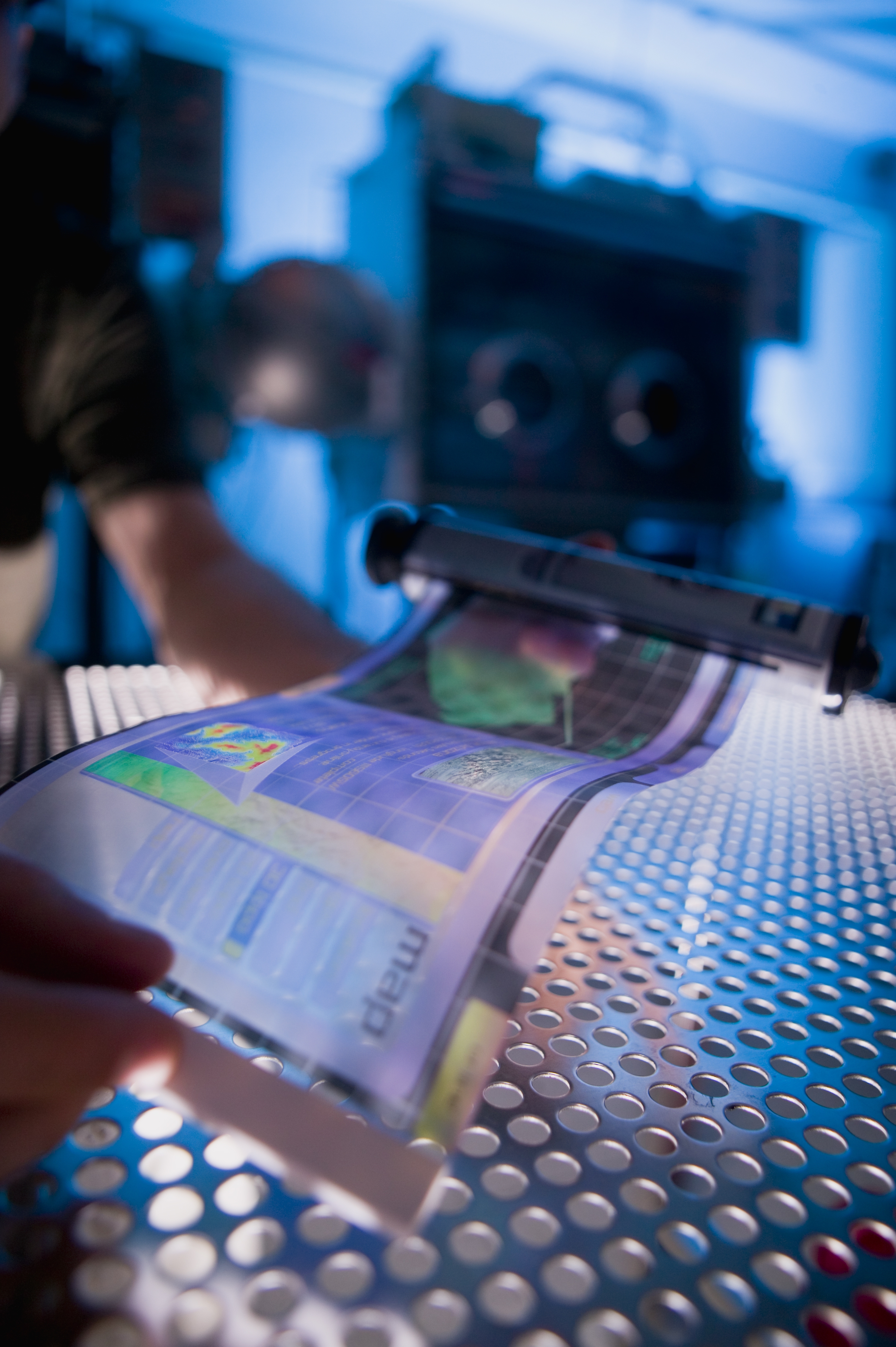 Organic Semiconductors (OSCs) are a promising class of materials that have the potential to revolutionize countless industries. Organic electronic materials are very promising, as they can be made at a much lower cost compared to traditional inorganic electronics, and can be utilized in a wide variety of geometries and applications. For example, OSCs are currently being investigated for use in flexible displays and solar cells, which will usher in a new era in user technology. There are many phenomena that influence the ability of OSCs to do their jobs, but by far two of the most significant are the ways the molecules pack together and arrange themselves in the solid-state, and the role of the molecular vibrational motions.
Organic Semiconductors (OSCs) are a promising class of materials that have the potential to revolutionize countless industries. Organic electronic materials are very promising, as they can be made at a much lower cost compared to traditional inorganic electronics, and can be utilized in a wide variety of geometries and applications. For example, OSCs are currently being investigated for use in flexible displays and solar cells, which will usher in a new era in user technology. There are many phenomena that influence the ability of OSCs to do their jobs, but by far two of the most significant are the ways the molecules pack together and arrange themselves in the solid-state, and the role of the molecular vibrational motions.
 In the Ruggiero Lab, we are interested in understanding how the low-frequency motions in OSCs affect their ability to do their jobs, i.e. to transport electrons. There are lots of things that influence the charge carrier abilities of OSCs, but a major concern is how the molecular motions, or phonons, influence these properties. Using a combination of terahertz spectroscopy and density functional theory, we are working to understand and influence the charge carrier dynamics in OSCs. One example is rubrene, one of the most well-studied OSCs, were we can show how individual terahertz motions contribute to these detrimental effects. And at a minimum, this works serves to make some really cool animations!
In the Ruggiero Lab, we are interested in understanding how the low-frequency motions in OSCs affect their ability to do their jobs, i.e. to transport electrons. There are lots of things that influence the charge carrier abilities of OSCs, but a major concern is how the molecular motions, or phonons, influence these properties. Using a combination of terahertz spectroscopy and density functional theory, we are working to understand and influence the charge carrier dynamics in OSCs. One example is rubrene, one of the most well-studied OSCs, were we can show how individual terahertz motions contribute to these detrimental effects. And at a minimum, this works serves to make some really cool animations!